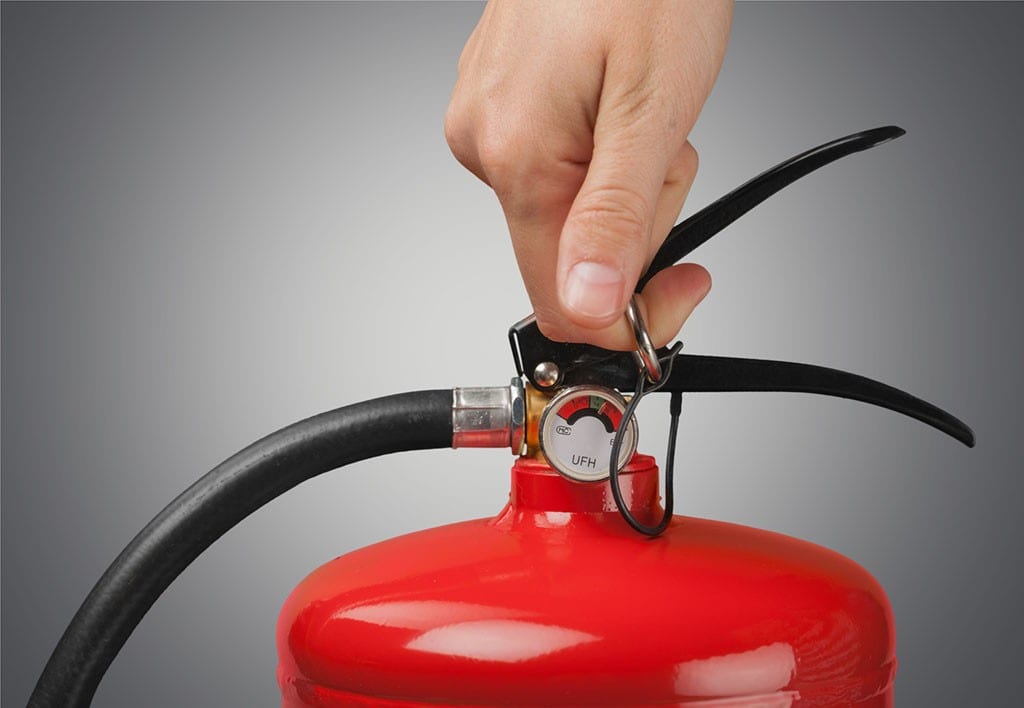For every business in Sydney it is essential to ensure that fire protection is not just legally required, it’s a vital part of keeping employees, customers, and property protected. The effects of a fire can be devastating losses in minutes, but many of these risks can be minimized or prevented with the right security measures implemented. The combination of inspections for fires, electrical system testing and tagging as well as complying with CFSP guidelines all contribute to an environment that is safer and also ensures that businesses adhere to the Building Code of Australia and local council standards.

Fire inspections are why they are the backbone of safety
Fire Inspections are the first line of defense against potential hazards. They verify that every element of a building’s fire protection system is functional and up to date. In Sydney, businesses must perform inspections every six months or once a year, dependent on the type of building and local council regulations. An inspection often covers everything from fire alarms and sprinkler systems to smoke alarms and hydrants to extinguishers and emergency lighting.
The ability to spot problems that are not obvious and correct the problem before they pose a risk is what makes inspections so crucial. A tiny flaw on a fire hydrant or a blocked smoke detector may seem minor at first but in a situation of emergency, these flaws can be fatal to lives. Businesses that regularly check their fire hydrants are ensuring they meet the legal requirements, while taking precautions against unexpected disasters.
Testing and Tagging For Electrical Safety: Addressing Hidden risks
Electrical systems are among the main sources of fires in the workplace, which is the reason testing and tagging should always be a part of any fire safety program. This involves checking electrical equipment for safety, functionality and conformity, before placing a tag on the item to signify that the item has been examined. For many businesses it is more than a routine requirement it’s a way to protect against dangers that usually go without being noticed.
Old, worn-out, or unchecked cables, appliances with faults or wiring that is not up to date can quickly become dangers to fire. Through regular testing and tagging, businesses reduce the chance of electrical faults that can cause fires. Additionally, it helps employees feel confident that their working environment is safe, creating confidence and trust in the workplace. Combining testing, tagging and fire inspections makes a comprehensive safety plan that reduces risks on many different fronts.
The function of CFSP is certification and compliance.
Only an Competent Fire Safety Professional (CFSP) located in New South Wales, can be a signer and certify important documents regarding fire safety, such as Annual Fire Safety Statements. The introduction of CFSP accreditation has raised the standard of fire safety by ensuring only experts with qualifications assess and validate security measures. For business owners, working with the CFSP means that inspections and reports aren’t just a routine document but dependable evaluations conducted by professionals.
The role of a CFSP goes far beyond just the simple task of ticking boxes. They assess the performance and condition of fire protection systems and present complete reports. They also ensure compliance with regulatory requirements. Without CFSP certification, businesses risk costs, legal issues or even shut downs if fire protection measures are found to be insufficient. A partnership with certified professionals guarantees that fire safety systems are being maintained in a proper manner and that compliance requirements are met without unnecessary stress.
Fire Safety as an ongoing commitment
Each business owner has a obligation to ensure that fire safety is an absolute priority. The safety cycle continues with periodic checks, testing electrical systems constantly, and getting certification under CFSP supervision. Beyond compliance with the law, this ongoing approach fosters the culture of safety in the workplace. Employees can feel confident knowing that evacuation plans are in place Smoke detectors are operational the emergency lighting is tested, and the fire protection system is in place to use.
Fire safety is a continuous process, not a checkbox that companies must check each year. It reduces risk and improves the image of a company. Customers and clients feel more safe when they are in a place which is highly rated for safety. In the long run, investing in proactive fire protection saves money by preventing costly damage, fines, or legal battles, while also protecting the lives of all who walks into the building.
Conclusion
Sydney fire safety needs a multi-layered approach that includes fire inspections and testing, tagging and certification by a CFSP. Each of these components plays an important role in aiding businesses in complying with rules, but is more important in protecting people and property. When safety is an integral element of business instead of an afterthought, businesses don’t just fulfill their legal obligations but also provide a safer and robust environment for the future.
